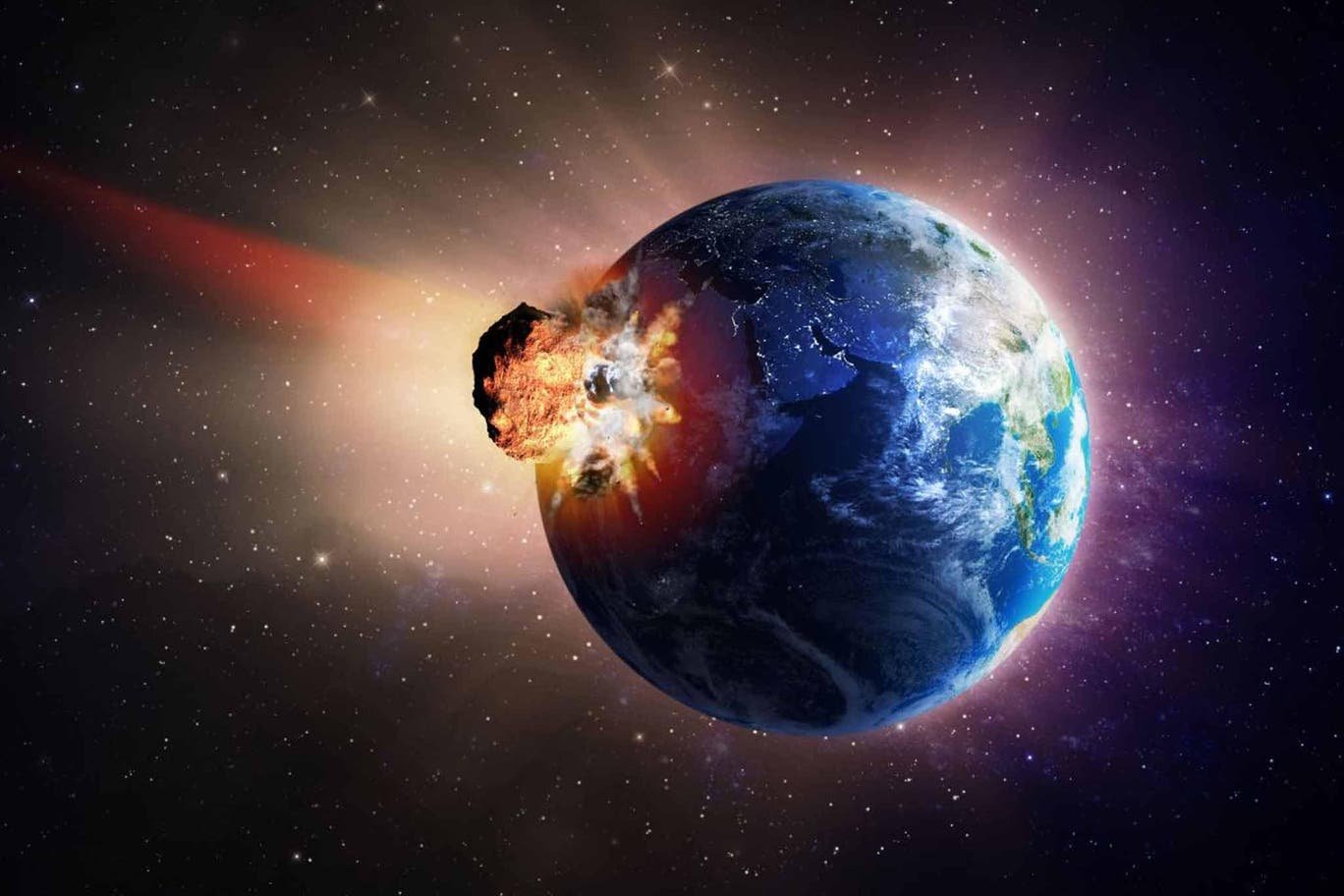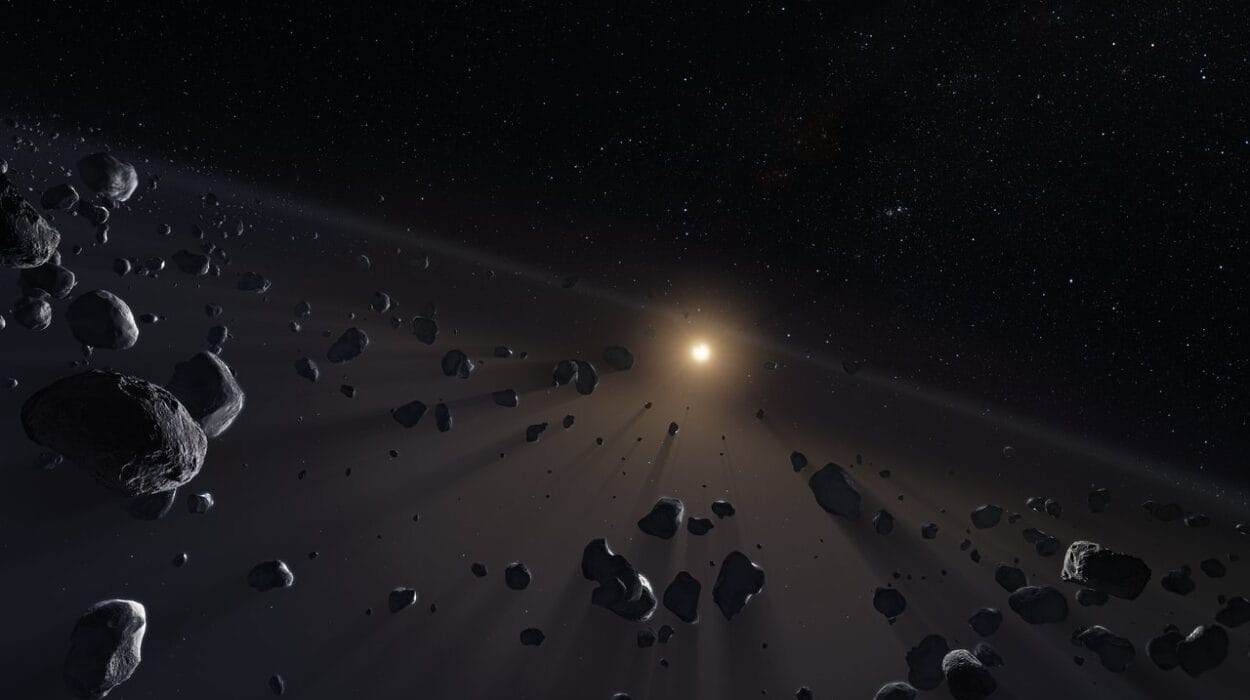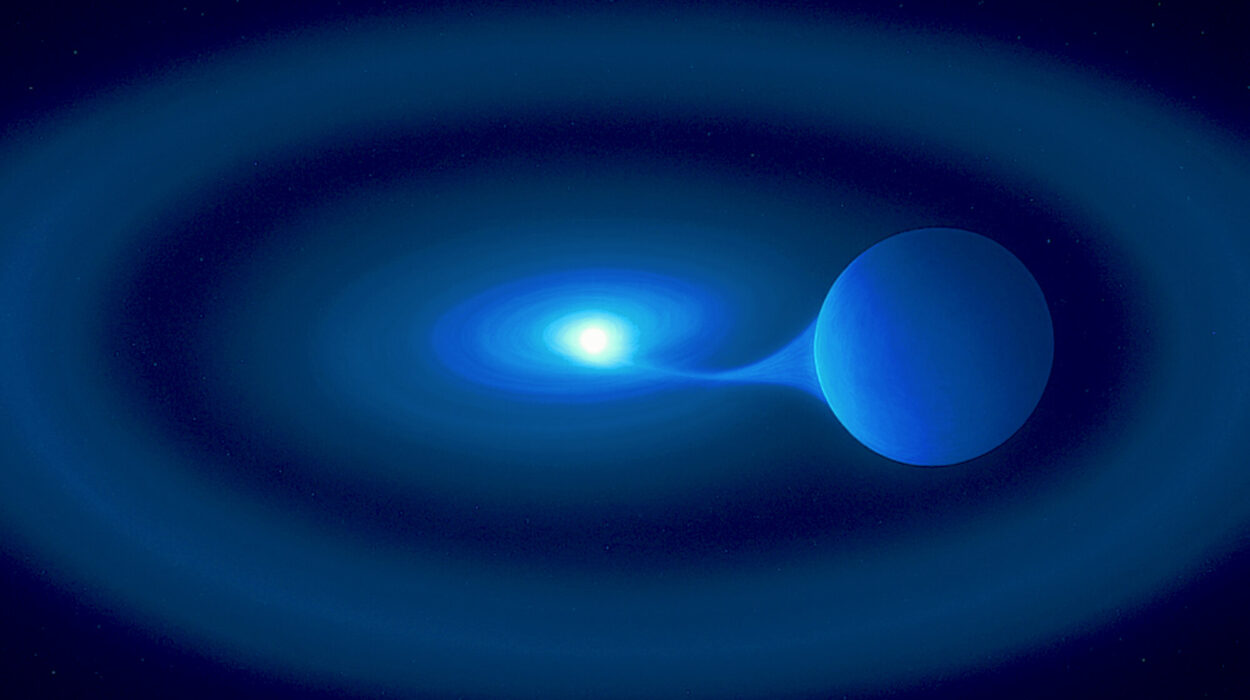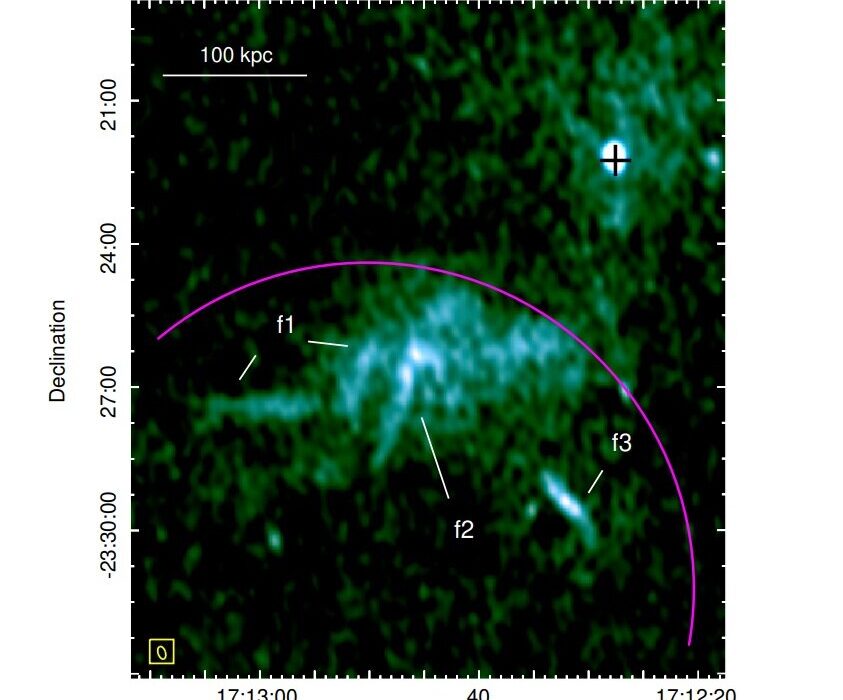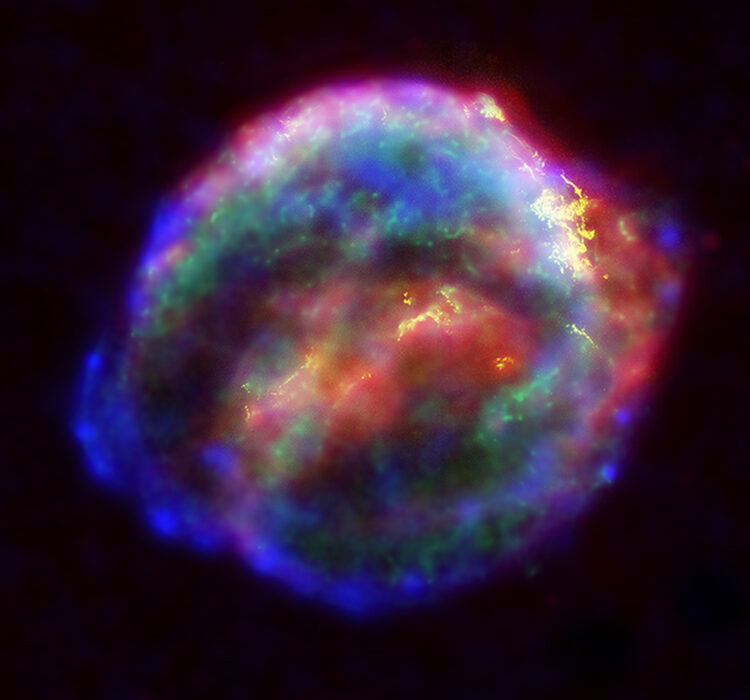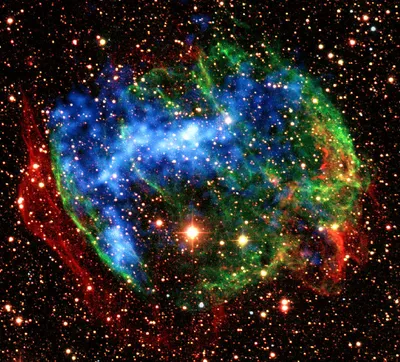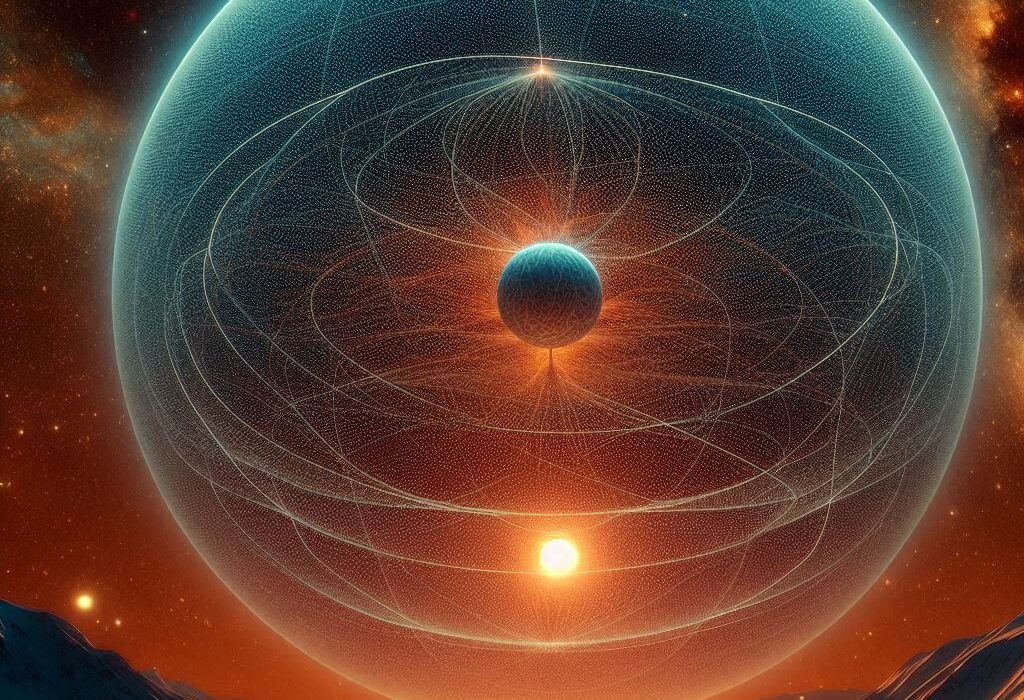An asteroid impact on Earth—while often depicted as an event of colossal scale and devastation—represents one of the most dramatic scenarios that humanity could face in terms of existential threats. These “space rocks” have been around for eons, traversing the vacuum of space, occasionally colliding with our planet. Although large impacts are rare, they have occurred throughout Earth’s history, and their consequences have been cataclysmic, influencing the course of life itself. The question is not just about whether an asteroid impact could destroy civilization, but whether it could annihilate humanity in its entirety or merely lead to widespread destruction. In this article, we will explore the potential for asteroid impacts to threaten civilization, assess the likelihood of such an event, and delve into the ramifications of a large-scale collision with Earth.
Understanding Asteroids and Their Impact on Earth
Asteroids are remnants of the early solar system, leftover building blocks that never coalesced into planets. Most asteroids are located in the asteroid belt between Mars and Jupiter, but some stray from their orbits and venture close to Earth. These near-Earth objects (NEOs) are of particular concern, as they pose a risk of impact with our planet.
Asteroids come in all sizes, from tiny pebbles to enormous rocks many kilometers in diameter. While small asteroids burn up in the atmosphere, creating meteor showers, larger ones are capable of causing significant damage. The size of the asteroid plays a crucial role in determining the potential for destruction. For example, the asteroid that caused the extinction event that wiped out the dinosaurs approximately 66 million years ago was around 10 kilometers in diameter. An impact of this magnitude is capable of unleashing energy equivalent to billions of atomic bombs.
The effects of an asteroid impact depend not only on its size but also on other factors such as its composition, speed, and the location of the impact. An asteroid hitting the ocean could create massive tsunamis, while one colliding with land would create a global firestorm, sending dust and debris into the atmosphere and possibly leading to a “nuclear winter” scenario. But could such an event destroy civilization?
The Scale of an Asteroid Impact
The potential destruction of an asteroid impact can be broken down into several stages: the immediate impact event, the global climate effects, and the long-term consequences.
Immediate Impact
When a large asteroid strikes Earth, the immediate effects would be catastrophic. The collision would release an immense amount of energy, vaporizing the asteroid and much of the Earth’s surface in the impact zone. Depending on the size of the asteroid, the explosion could create a crater hundreds of kilometers wide. The heat from the impact would ignite wildfires across vast areas, and a shockwave would cause massive destruction for thousands of miles around the impact site. In a worst-case scenario, such an impact could destroy entire cities and disrupt critical infrastructure worldwide.
Global Climate Effects
The global consequences of a large asteroid impact extend far beyond the impact site. When an asteroid of significant size collides with Earth, it can throw vast amounts of dust and debris into the atmosphere. This debris would block out sunlight, dramatically lowering global temperatures. This phenomenon, known as an “impact winter,” would lead to a global food crisis as crops would fail due to lack of sunlight. The cooling effect could persist for months or even years, causing widespread famine and economic collapse.
Furthermore, the release of gases such as carbon dioxide from fires and other sources could lead to long-term global warming, compounding the effects of the impact winter. These shifts in climate could disrupt ecosystems, endanger biodiversity, and further strain human society.
Long-Term Consequences
While the immediate destruction from an asteroid impact would be devastating, the long-term consequences could be equally severe. A large impact could lead to the extinction of numerous species, including potentially humans. The disruption of ecosystems and the collapse of the food chain would create a hostile environment for life to thrive. The loss of biodiversity would make it difficult for life to recover, and civilization could face a prolonged period of struggle to survive in an inhospitable world.
The Likelihood of an Asteroid Impact
While the potential consequences of an asteroid impact are severe, the likelihood of such an event occurring within our lifetime is relatively low. Most large asteroids, particularly those that pose a threat to civilization, are rare. NASA and other space agencies around the world are actively monitoring near-Earth objects to detect any potential threats. As of now, there are no known large asteroids on a collision course with Earth, and the chances of a major impact in the near future remain low.
However, the risk is not zero. On a geological time scale, large impacts have occurred periodically, with the most famous being the asteroid that wiped out the dinosaurs. Although the likelihood of another such event occurring soon is slim, it is important to recognize that Earth has been impacted before and will be again.
Scientists have developed a system of monitoring near-Earth objects to assess the risk of an impact. The goal is to detect potential threats early enough to take action, whether that means deflecting the asteroid or evacuating at-risk areas. Currently, space agencies are working on technologies to mitigate the impact of a large asteroid, including ideas for redirecting or destroying incoming space rocks.
Could Technology Save Us?
One of the most compelling questions in the debate over asteroid impacts is whether humanity’s technological capabilities could save us in the event of an impending collision. While we are not yet capable of deflecting large asteroids, advances in space exploration and engineering may provide solutions in the future.
NASA’s Planetary Defense Coordination Office (PDCO) is focused on identifying, tracking, and characterizing near-Earth objects that could pose a threat to our planet. Efforts are being made to develop methods for deflecting or destroying asteroids, including:
- Kinetic Impactors: These are spacecraft designed to collide with an asteroid and change its trajectory. By striking the asteroid at high speed, a kinetic impactor could impart enough energy to shift the asteroid’s orbit.
- Nuclear Explosives: Some scientists have suggested the use of nuclear weapons to destroy or deflect an asteroid. The explosion would either break the asteroid into smaller pieces or change its trajectory enough to avoid Earth. However, this method carries risks, including the possibility of fragmenting the asteroid into multiple deadly pieces.
- Gravity Tractor: Another idea involves using the gravitational pull of a spacecraft to slowly change the course of an asteroid. This method would require a long lead time but could be effective in preventing a collision without causing additional fragmentation.
While these technologies are still in their infancy, the growing interest in planetary defense suggests that humanity is taking the threat of asteroid impacts seriously. The sooner we can identify potential threats, the more time we will have to develop and implement countermeasures.
Preparing for the Worst: Could Civilization Survive?
Even with technological advances and early detection, a large asteroid impact might still be beyond our ability to fully mitigate. If an asteroid large enough to threaten civilization were to strike Earth, survival would depend on the preparedness of human society. While some infrastructure could be rebuilt after a smaller impact, a global catastrophe would likely lead to a collapse of modern civilization as we know it.
In the aftermath of an asteroid impact, society would face a host of challenges, including food and water shortages, widespread fires, and the breakdown of government and social systems. Communication networks could be destroyed, and transportation systems would be severely disrupted. The loss of technological infrastructure would make it difficult to recover, and the long-term climate changes could make rebuilding even more challenging.
Survival would depend on having prepared for such an event. Underground bunkers, sustainable food and water supplies, and community-based survival strategies could help some people survive in the event of an impact. However, the vast majority of the global population might be unprepared for the widespread collapse of infrastructure.
While humanity might eventually recover after an asteroid impact, the process would be slow, and civilization could be set back by centuries or more. The surviving population would need to rebuild society from the ground up, and the loss of knowledge and resources could create a dark age-like scenario.
Conclusion: A Threat We Cannot Ignore
The possibility of an asteroid impact destroying civilization is a scenario that, while unlikely in the short term, is a real and present threat on a geological time scale. While technology may offer hope in terms of early detection and potential deflection strategies, humanity must remain vigilant and proactive in addressing this risk. An asteroid impact could devastate life on Earth, potentially leading to the collapse of human civilization, but with foresight, preparation, and the continued advancement of technology, we may one day be able to mitigate the danger posed by these ancient space travelers.
Ultimately, an asteroid impact is a reminder of the vulnerability of life on Earth and the need for global cooperation in safeguarding the future of our planet. While the likelihood of an extinction-level event is small, the consequences would be so severe that we must take steps now to ensure that humanity is ready to face whatever challenges the universe throws our way.
